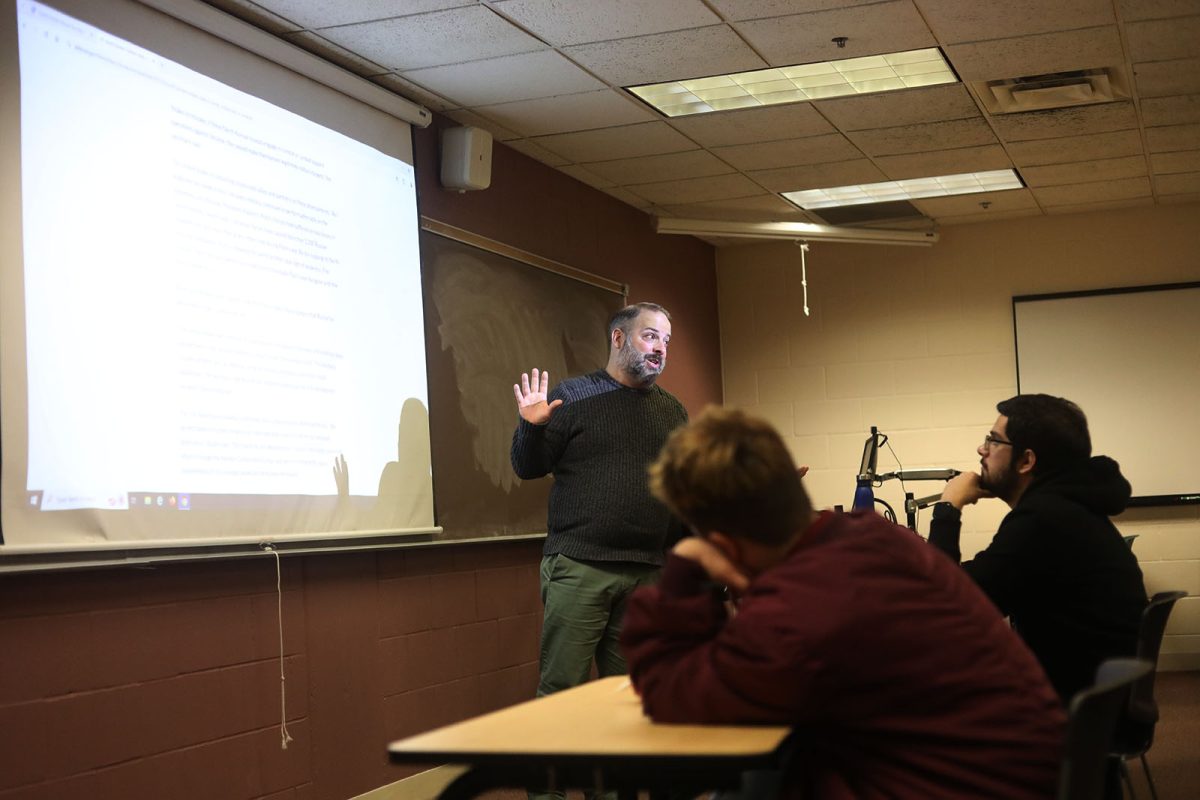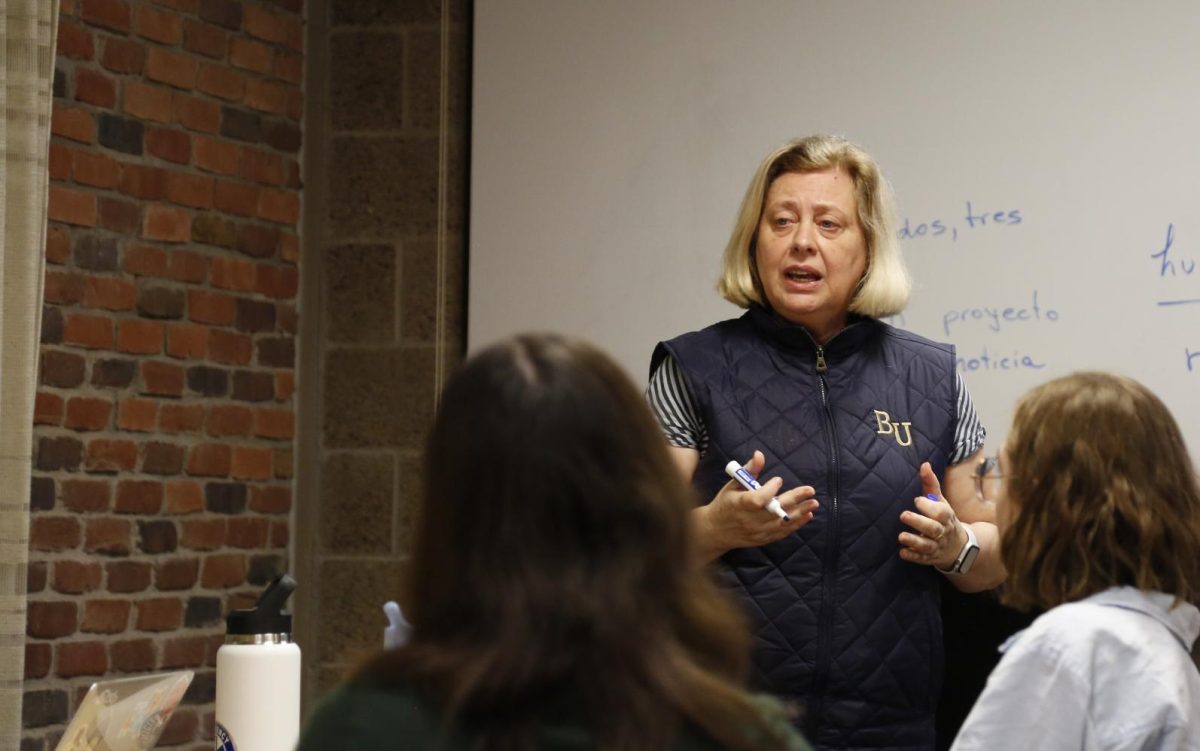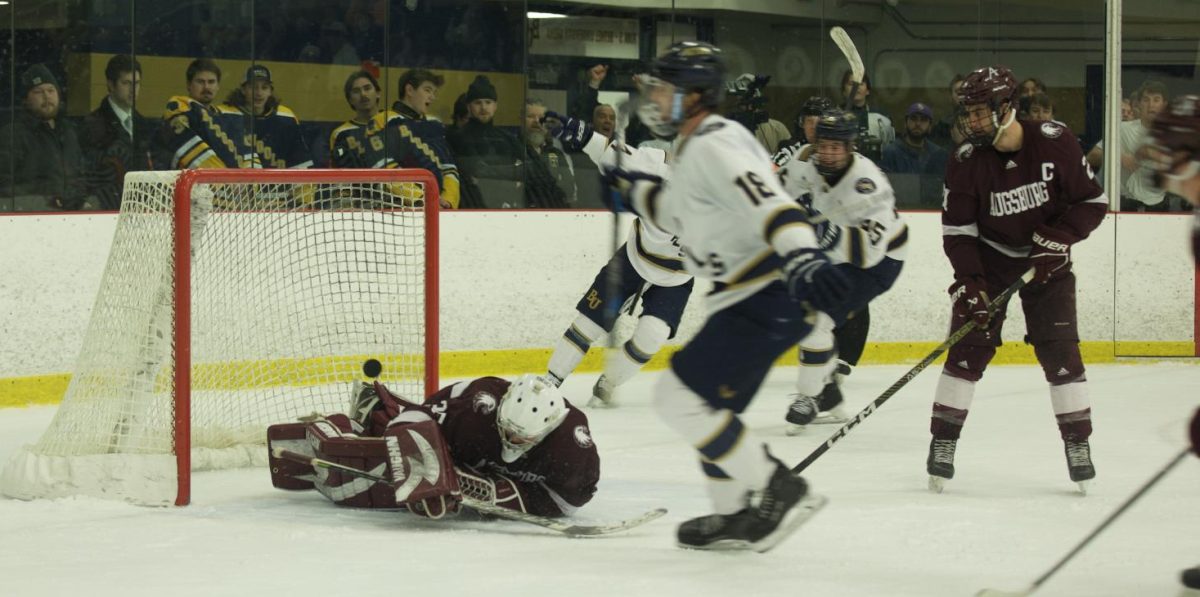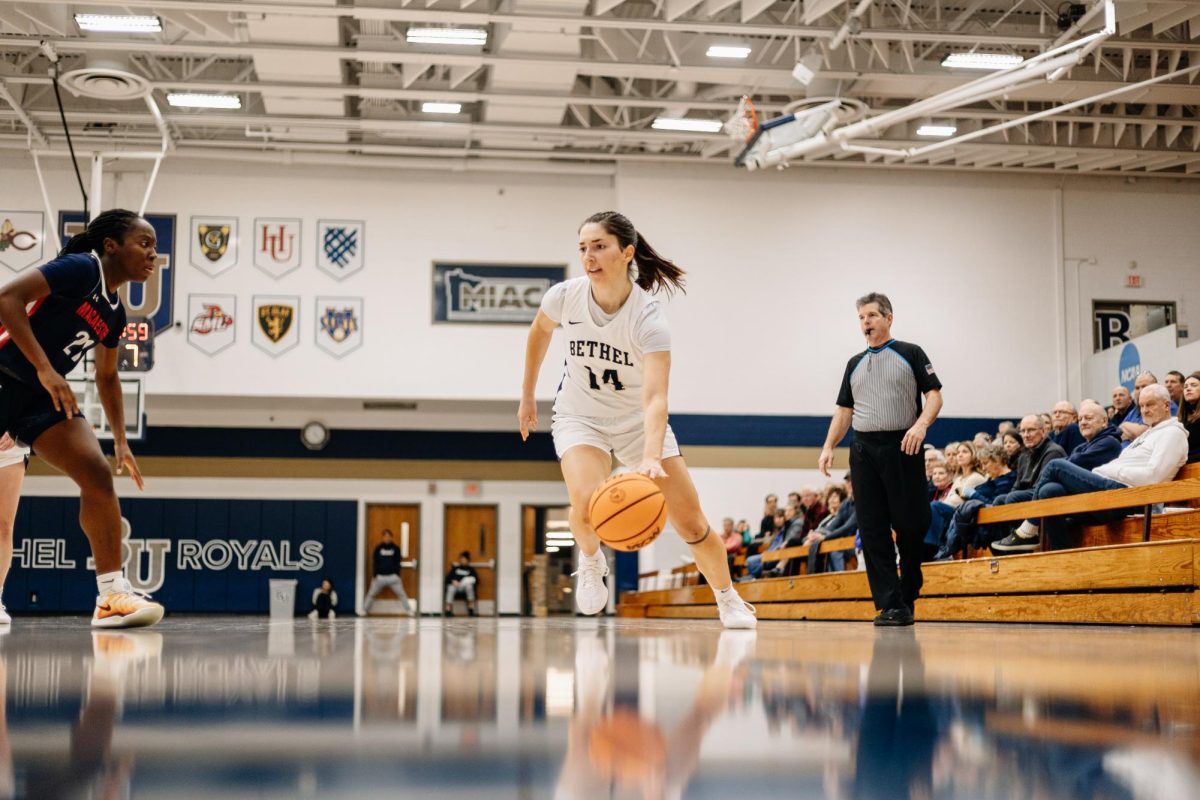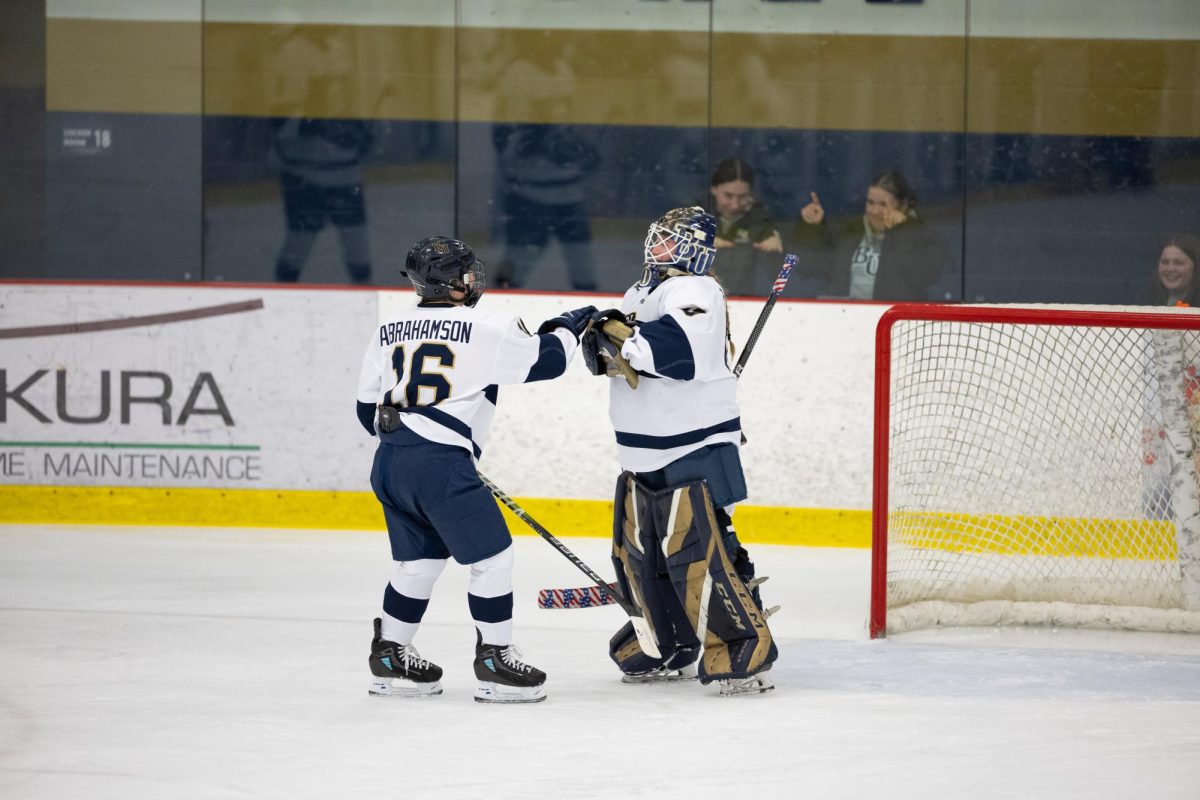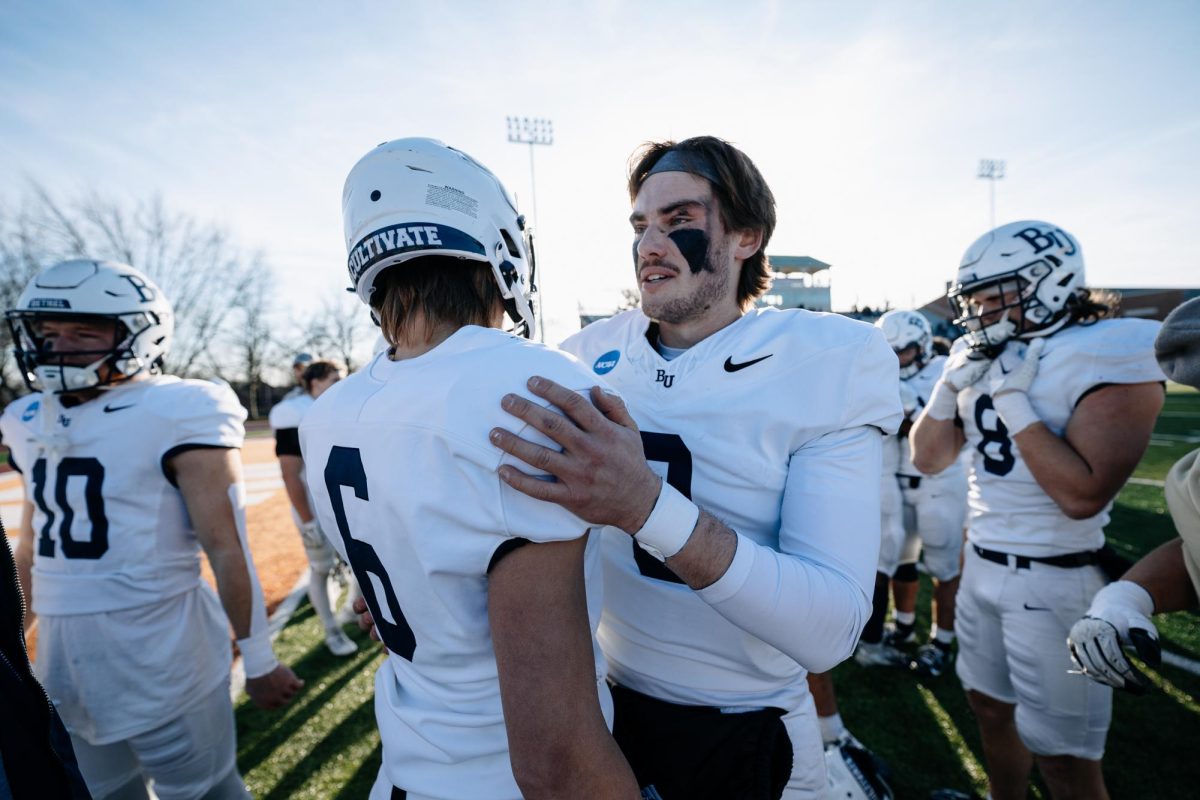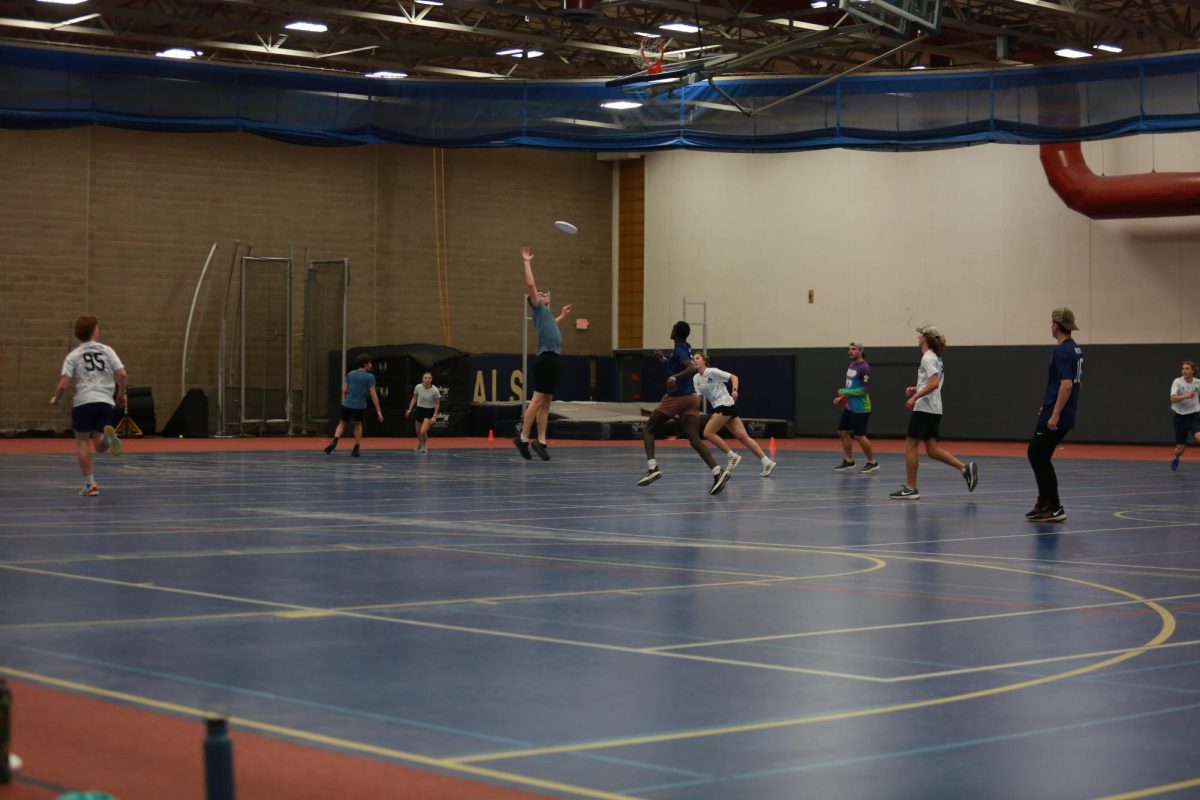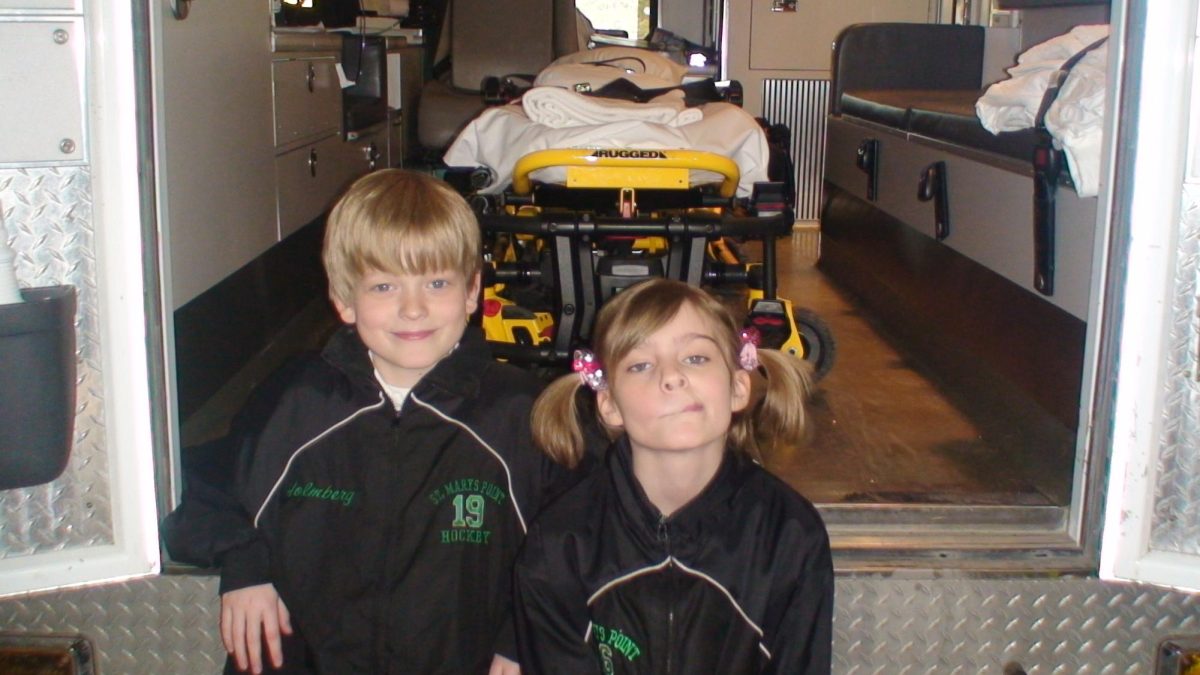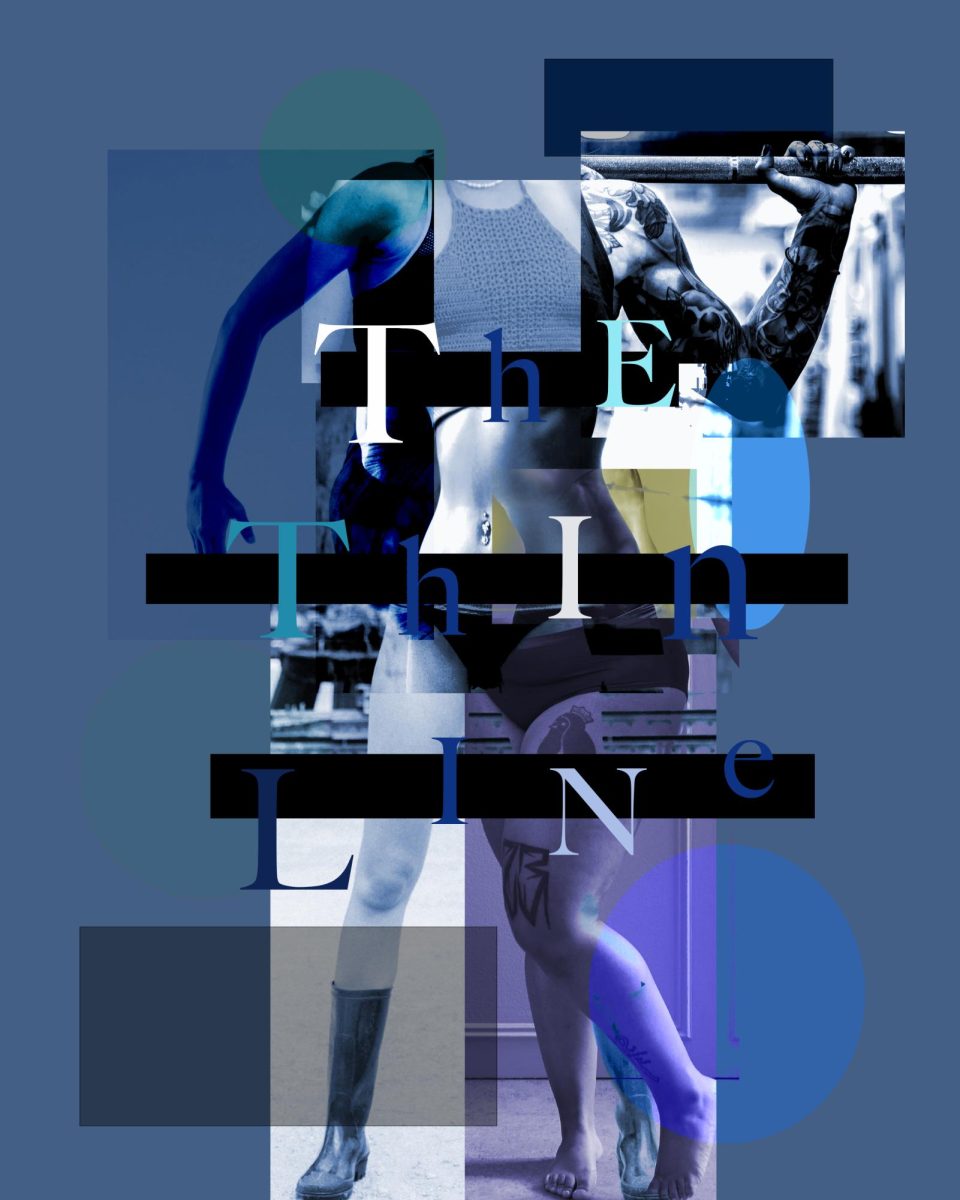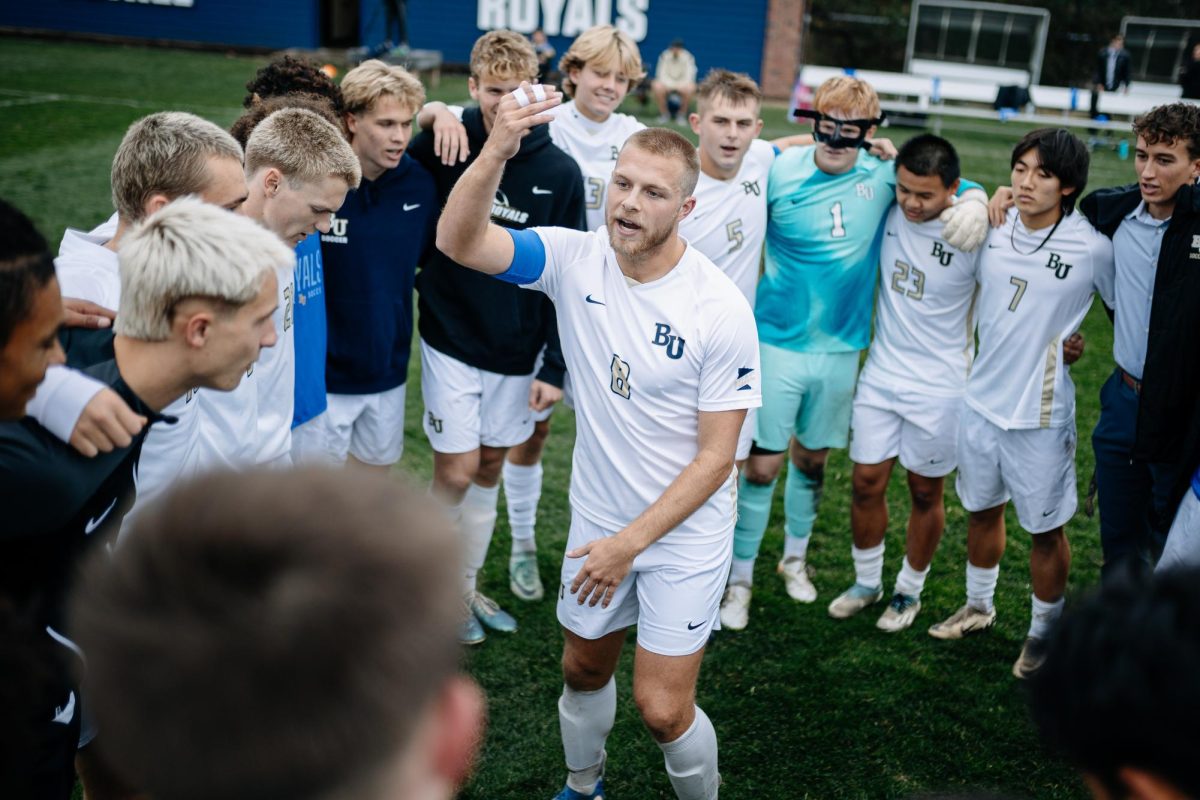There were two words people used to describe Ruby Gernandt growing up.
Skinny and fast.
Eating was never really an issue for Gernandt. She was just always the skinny girl.
Until one day when her high school cross country coach told her team they would start using food logs. Gernandt went through her day, tracking everything she ate and came to practice the next day.
She remembers looking over her shoulder at the girl next to her. The girl she was in direct competition with to be the fastest runner on the team. Her list was a lot shorter than Gernandt’s. A couple of bags of chips and one meal.
Is that what I should be doing to get faster?
– –
I have been playing softball since I was 7 years old. I have been an athlete ever since I can remember. Going to practices, team workouts and playing in tournaments in 100-degree weather while the sun beat on the turf, radiating it back onto my body. I have pushed my body to its limits on the mound.
This feeling is a high I will never feel again. As a senior in college, about to graduate in a couple of weeks, I begin to mourn this body.
The body that carried me through college athletics, 18-credit semesters, boyfriends, mental health issues and waiting tables. This body has been through a lot.
Some days I could barely bend my knees just to go to the bathroom. Days when I could see my hard work in the gym paying off, and days when it felt like nothing worked.
I grew up watching Division I softball players, most of whom were much bigger and stronger than me. I grew up playing a sport where no body type norm existed. I grew up playing for strong, independent women who ran successful club teams. My teammates were different shapes and sizes. My shape and size weren’t really a concern … until it was.
“You’re too skinny.” I heard it on a weekly basis. From my grandparents, parents and coaches.
At some unclear point, conversations about eating habits and hitting the gym became normal. These conversations happen much sooner for both male and female athletes. I understand that Dr. Pepper and french fries the night before a regional playoff doubleheader might not be the best idea. But I will also never forget being told that the sour cream and cheese in my Chipotle bowl needed to go.
As someone who’s all legs, has no hips and has always struggled to gain muscle, these conversations frustrated me.
You want to throw harder? You need to get stronger. Eat more protein. Lift weights.
You want to run faster? You need to incorporate more cardio. Get lighter on your feet. Eat better.
And worst of all, the pants. I don’t know who invented softball pants, but they are the worst kind of people. Don’t get me wrong, I appreciate the full-coverage look. It’s not the most attractive uniform, but who are we trying to impress? Softball pants, like volleyball spandex, wrestling singlets and soccer shorts, seem to be made for one body shape and one body shape only.
Not girls, like me, whose legs take up ¾ of their bodies and whose ass is almost inverted. I constantly pulled at the bottom of my obnoxiously bright red pants, desperately hoping they would meet the top of my supposed-to-be-knee-high socks that barely met the top of my shins.
Anyway, my point is, somewhere along the line, I started to get confused.
Sophomore year of high school I began obsessing over my weight. Every time I went upstairs, I snuck into my parents’ bathroom to weigh myself. My camera roll was filled with photos of my body–my way of reassuring myself that I hadn’t gained weight overnight. I sat at 120 pounds for years. Anything over meant I was doing something wrong.
My mom would beg me to eat more.
I just wasn’t hungry. Anxiety suppressed my desire to eat. Waves of nausea hit me just thinking about food.
I was moody, tired and suffered from debilitating headaches nearly every other day.
Eventually, the number went up to 130. Then it dropped below 120 the summer before my freshman year of college.
I remember putting on my bathing suit at my family’s cabin and walking out onto the dock. My mom looked at me, and tears started to well up in her eyes. Apparently, this was the skinniest I had ever been since going through puberty, but I had no idea. My mom said my ribs were sticking out. I never noticed.
All I knew was that when I went off to college, I was getting attention from men. Boys never looked at me in that way, but now they did. And I liked the way my clothes fit and how I could finally see my abs.
Is strong sexy? Or is skinny sexy? Can both be true at the same time? I suppose. But what did I want?
I don’t know. And I’ve never known.
– –
For Gernandt, it was a slow shift to eating less and less, to the point that almost nobody noticed. In 9th grade, she began tracking her calories using an app, always staying under 2,000.
In 10th grade, she would go the entire day to school and practice with only a cup of coffee in her system. She packed lunches every day so her parents couldn’t see that she wasn’t eating. She threw it all away before they came home from work.
Being skinny became a personality trait she clung to.
“At the time, it felt like the only thing I had going for me,” Gernandt said.
She was terrified of the idea of gaining weight, checking daily to make sure she could still see her ribs, that she still had a thigh gap, and that her stomach was flat.
Even now, as a junior track and field and cross country runner for Bethel and kinesiology and exercise science major, Gernandt still struggles with the fear of gaining weight, but she doesn’t think about what she eats like she used to.
She knows to avoid triggers like weighing herself, calorie-counting apps and looking at the calorie content of foods. Still, though, she says, sometimes it’s hard for her to grapple with how much she must eat to stay healthy.
It’s ok. You have to eat. You’re different, you’re going to run.
– –
My sophomore year of college, the number went up to 140–the heaviest I have ever been, but also the strongest. I could do pull-ups, the Mount Everest of exercises for many female athletes.
Part of me was really proud of myself. The other part of me was terrified. Maybe even a little disgusted.
One day I was a 15-year-old whose body never changed, never got tired, who could run for miles and not be sore, and who could scarf down a concession stand cheeseburger in 5 minutes in between games at a tournament.
And now, I hate when the sleeves on my short-sleeved shirt fit too tightly on my arms, forcing me to go up in size to a medium. And I hate when my tummy overflows over the waistband of my jeans that I try to convince myself still fit even after high school.
My body aches. I have cellulite and stretch marks on my inner thighs from gaining and losing muscle. And while I’ve never counted my calories, I choose not to eat over eating something I don’t think would be very good for me.
But I also hate it when I start to look small in the medium shirts.
After having knee surgery in August and not playing my last season of softball, my jeans are falling off of me. I look weak and feel weak. But my stomach is almost as flat as it was my freshman year of college when I was eating about one full meal a day.
I feel guilty for feeling the slightest bit of joy about this.
I’m better than that. I want to want to be strong. Strong is sexy, right?
I don’t know.
– –
Bethel Dietician Rochelle Sward worked with track athletes last spring, running indirect calorimetry tests to determine their specific caloric and energy needs. They found that all of the athletes were significantly under-fueling. The female athlete, out of the five, was underfueling by about 1,000 calories per day.
“When she saw her caloric needs, I could tell she was visibly stressed by it,” Sward said.
In this case, Sward recommends seeking out nutrient-dense foods. But she knows it’s not always that simple.
For many, it comes down to a mental obstacle rather than a physical one.
From childhood, females tend to have a greater dissatisfaction with their appearance than their male peers. “This different pattern may depend on the greater importance placed by females on aesthetic aspects and the lower importance they place on functional bodily aspects compared to males,” an International Journal of Environmental Research and Public Health article reported in 2023.
“Being a runner you think you have to have a specific body shape and you think you have to be this tiny little girl in order to be fast,” Gernandt said.
Research supports that many athletes, especially in aesthetic sports like gymnastics or dance, would not be “driven toward dieting and pathological weight control because of general body image disorder, but because of the specific needs of the sport they play,” Zaccagni and Gualdi-Russo wrote. And that satisfaction or dissatisfaction with one’s body image “will therefore depend not only on one’s physical appearance but also on the social or sports environment of reference.”
But Sward says it comes down to aligning your increased energy needs with your performance output.
And, every body is different.
“I feel like athletes have a lot of pressure on them to basically be perfect,” Sward said. “ It seems like that’s what the expectation is in their sport. To be better, work harder, work faster.”
Nutrition is not one-size-fits-all, and that’s what makes having conversations about it so difficult. How can we build parameters or recommendations when it comes to food without feeling obsessive about it?
I don’t have the answer to that. And I don’t know that anybody does.
So what comes next for me, after graduating? And for Ruby, when she is no longer a track athlete? When the team workouts in the wellness center and the team meals in the DC come to an end.
Our bodies are going to change, whether we like it or not. My body will never look the way it does today, ever again. And someday, I won’t be able to move the way I can today. That’s just the truth.
I don’t think I’m fat. I know I’m not. This is not a story about struggling with eating disorders, although I know there is room for those stories too.
This is a story about two female athletes, with different bodies, who play different sports and have had it in their heads from a young age that they don’t look the way they are supposed to.
I can’t speak on behalf of all female athletes, but I know there are more stories like this out there. I’ve watched my teammates get dressed for games and make faces in the mirror while they judged their bodies silently.
After sitting down with Sward and Gerdandt, it occurred to me that I had never really had an open conversation about my body image. It felt like there was never room for it, especially as someone who, from the outside, looks physically healthy the way she is.
But when I did, I felt an overwhelming sense of comfort. Did it change the fact that my body is going to change? No. But Sward, who also used to be a softball player, is a living and breathing example of life after athletics. And now she gets to help other athletes, which is so cool. My biggest takeaway from her– get off social media. Comparison kills.
And seeing how excited Ruby was that I was writing this article gives me hope. Because that means conversations are happening. That’s a good first step.




